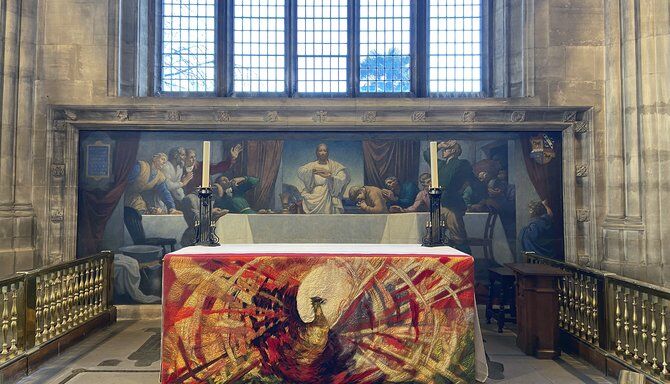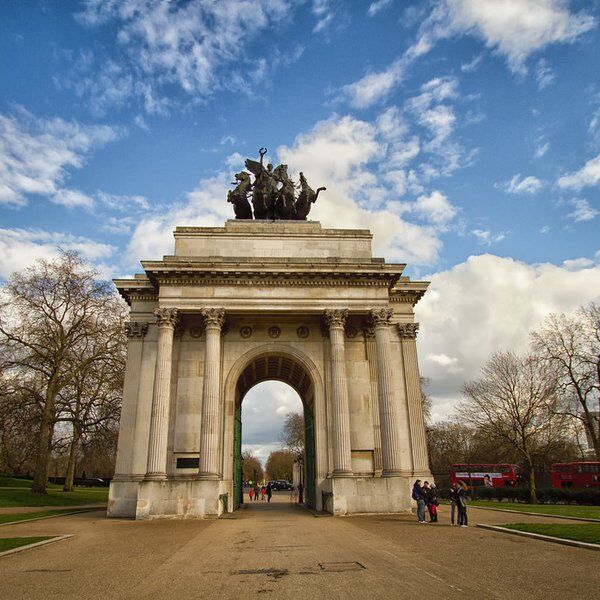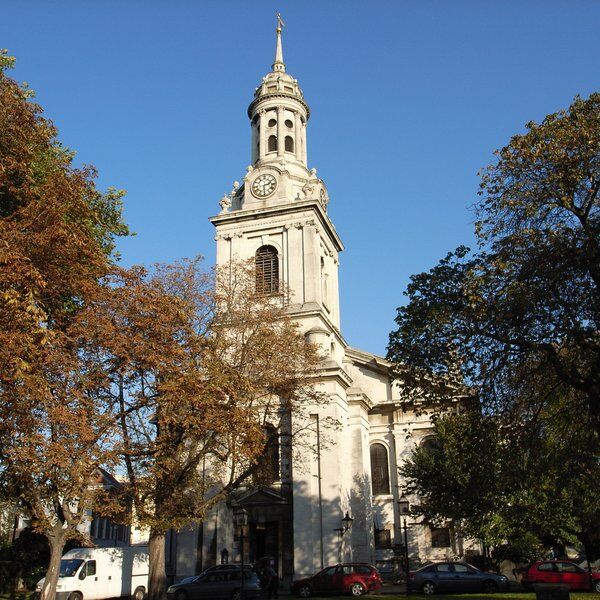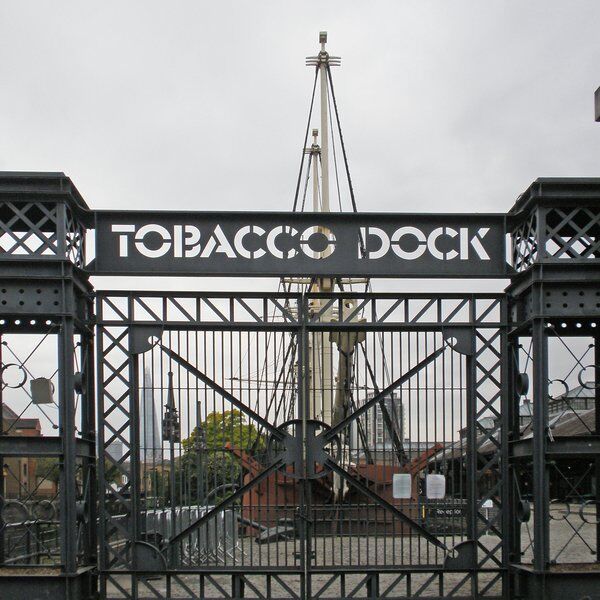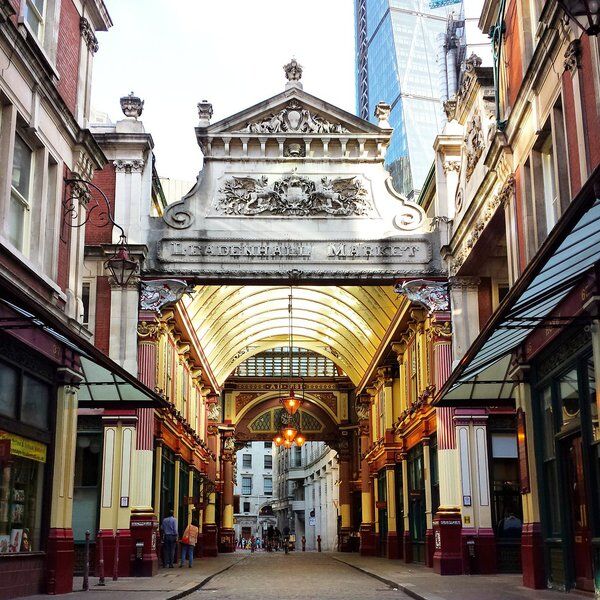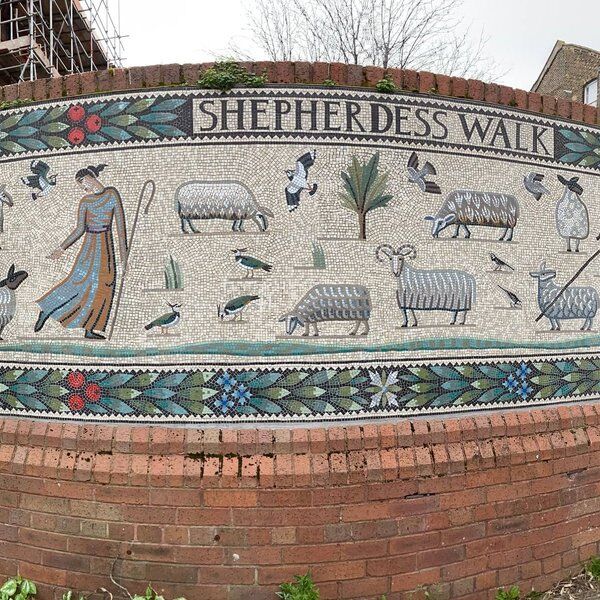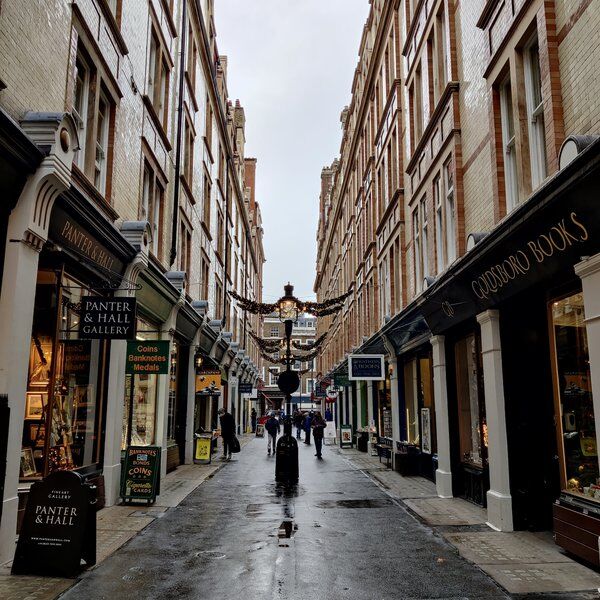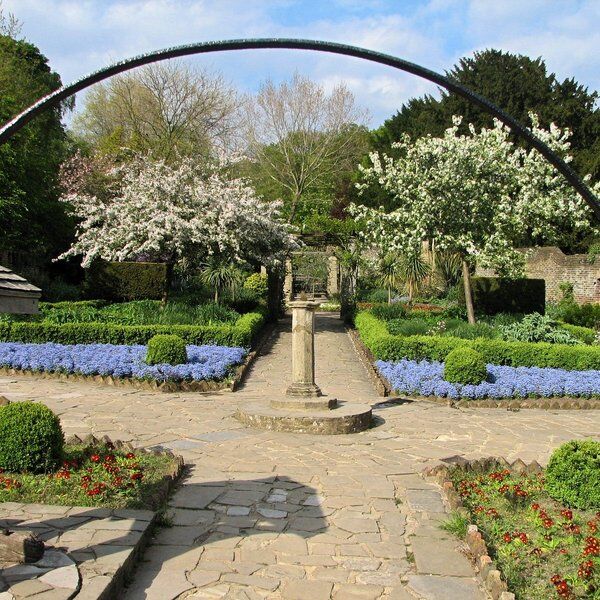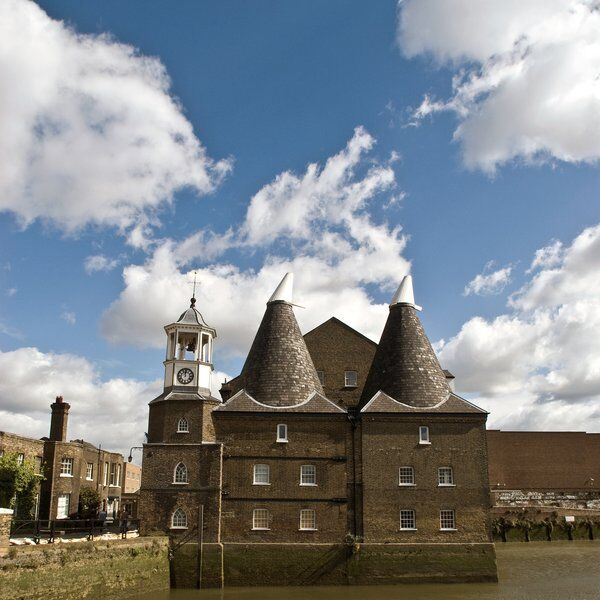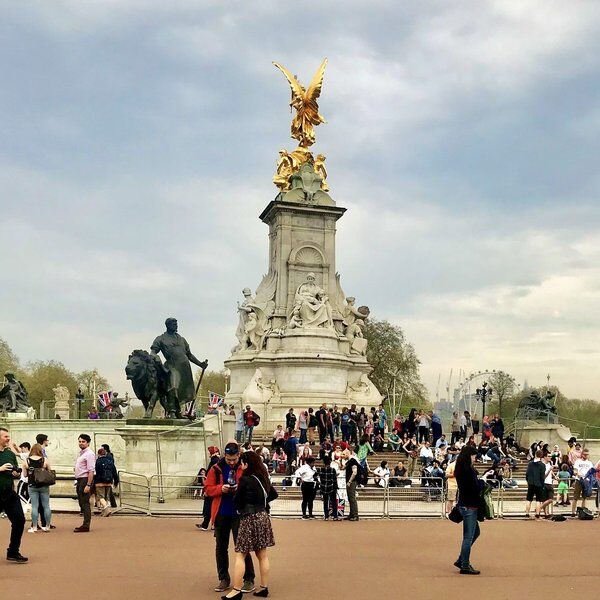Discover All Hallows by The Tower
Tucked right next to the world-famous Tower of London, All Hallows by The Tower is a bit like your wise, slightly eccentric great-grandparent: old as time, full of stories, and still standing strong despite everything history has thrown its way. With nearly 1,350 years of turbulent London history—from Roman roads to royal executions, fireballs to flying bombs—this church isn’t just the oldest in the City of London—it’s one of the coolest places you probably haven’t explored yet.
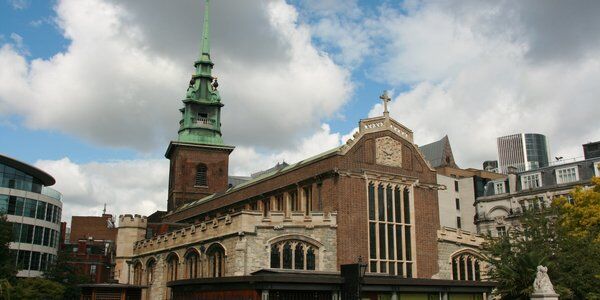
The Origins of All Hallows by The Tower
Let’s wind the clock all the way back to the 7th century. London was still shaking off the dust of Roman rule, and Anglo-Saxon life was emerging in the shadows of crumbling Roman walls. It was during this transitional time—in the year 675 AD—that All Hallows by The Tower was founded by the Abbey of Barking, under the leadership of Bishop Erkenwald (a local bigwig in early Christianity).
The name “All Hallows” means “All Saints,” and back then, the church probably wasn’t much to look at—probably more humble wooden construction than grand Gothic arches. But underneath the present-day church, there’s something pretty mind-blowing: a Roman pavement from the 2nd century, discovered in 1926. It’s solid proof that this patch of London has seen almost 2,000 years of city life, with layers of history quite literally beneath your feet.
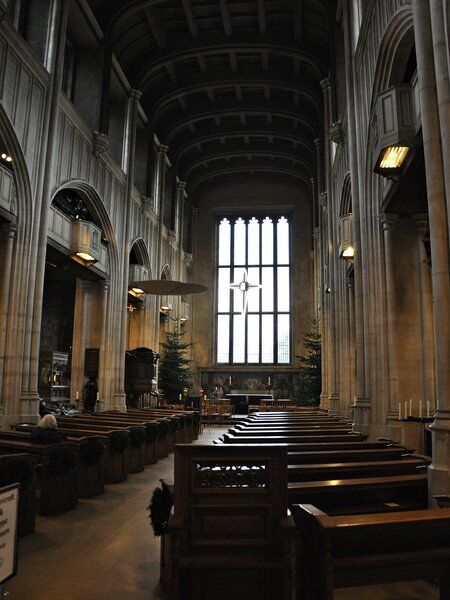
Saxon Stones and Recycled Romans
A particularly fascinating feature in All Hallows is its Saxon arch, discovered after a World War II bombing raid exposed parts of the mediaeval structure. This arch was built from reused Roman tiles and stones, which wasn’t just resourceful—it’s a big clue to how early Anglo-Saxon builders repurposed Roman ruins. It’s one of the oldest architectural remnants in the entire city.
Other treasures unearthed during bomb-related excavations include fragments of 11th-century stone crosses, now proudly displayed in the crypt. So yes, the crypt isn’t just spooky—it’s archaeologically rich.
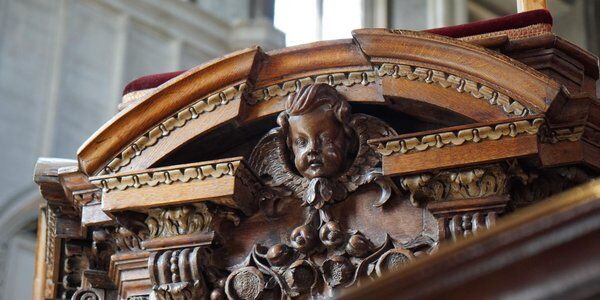
A Front-Row Seat to London’s Chaos
All Hallows by The Tower hasn’t just survived the centuries—it’s witnessed some of the most dramatic chapters in London’s story.
The Great Fire of London (1666)
In one of its most famous moments, Admiral William Penn (yep, father of William Penn, founder of Pennsylvania) helped save the church when the Great Fire of London came dangerously close. Legend has it he ordered his sailors to blow up the surrounding buildings to stop the blaze from reaching All Hallows. It worked. And his buddy, Samuel Pepys, the famous diarist, climbed the church’s tower to watch the inferno consume the city. He later called it “the saddest sight of desolation.”
Explosive Moments
Not all disasters were natural. In 1650, a nearby warehouse filled with gunpowder barrels exploded, obliterating the church’s west tower and dozens of homes. Tragically, many lives were lost, and the tower was rebuilt eight years later.
Tower Hill Executions
Being neighbours with the Tower of London has always come with dark perks. During the 16th and 17th centuries, All Hallows served as a temporary resting place for several high-profile individuals executed on Tower Hill—including Sir Thomas More, Bishop John Fisher, and Archbishop Laud. Their beheaded bodies were brought here for burial before more permanent arrangements were made.
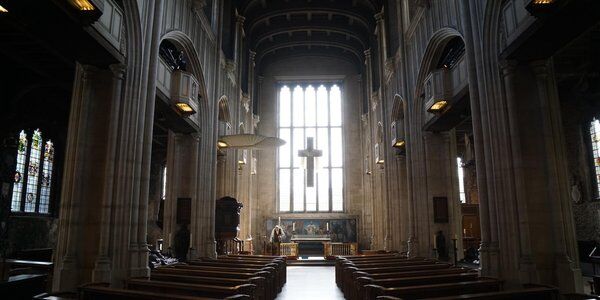
All Hallows by The Tower Connections
This church doesn’t just do English history—it also has serious connections across the pond.
- William Penn, founder of Pennsylvania, was baptised at All Hallows and went to school next door. Colonial origins? Tick.
- John Quincy Adams, 6th President of the United States, was married here in 1797. If you're American, there’s a good chance your country’s history is linked to this very spot.
- And let’s not forget Samuel Pepys, who probably mentioned All Hallows more than once in his famous diaries.
The church even displays the original marriage register of Adams in its museum today.
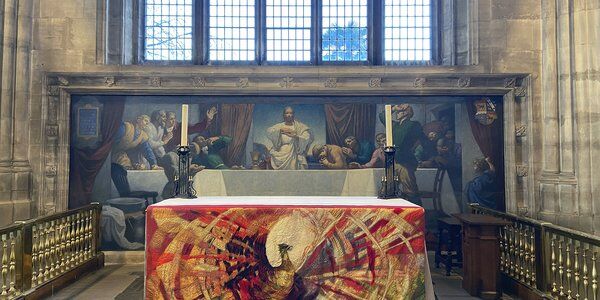
Bombs, Rebuilds, and "Tubby" the Vicar
During the Blitz of World War II, All Hallows took a direct hit. The church was left a smoking shell—only its tower and walls remained. But the story didn’t end there. After the war, it was lovingly rebuilt and rededicated in 1957, a phoenix rising from the rubble.
Presiding over the church during this era was Reverend Philip "Tubby" Clayton, a charismatic chap who founded the Toc H movement—an international Christian fellowship. His legacy lives on in the church’s Lady Chapel, where the Toc H Lamp of Maintenance still glows.
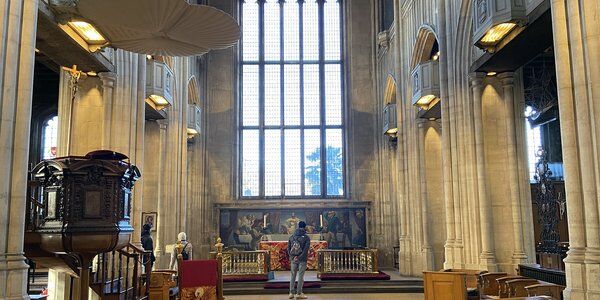
Inside All Hallows by the Tower
Because All Hallows has been rebuilt and renovated several times, the current structure is a mash-up of architectural styles. The main body of the church dates to the 15th century, but you’ll find elements from the Norman, mediaeval, and post-war eras sprinkled throughout. There are also maps and diagrams showing which parts were built when.
Inside the church, architectural highlights include the beautifully carved baptismal font cover, crafted by none other than Grinling Gibbons—arguably Britain’s most talented woodcarver. The font it sits on? Made by a Sicilian prisoner-of-war named Tulipani in 1944. Talk about unlikely artistic collaborations!
The Crypt Museum
Inside All Hallows’ Crypt Museum you’ll find a genuine section of Roman floor tiles from a 2nd-century home, Saxon stonework from the church’s earliest days, and even a chunk of melted metal—a war-scarred souvenir from the Blitz.
Oh, and if Antarctic adventures float your boat, check out the barrel that once served as a crow’s nest on Shackleton’s 1921 polar expedition. It’s on loan from the South Georgia Museum, so it might be off gallivanting again soon—see it while you can!
Relics, Rocks, and Really Cool Stuff
If historical bits and bobs are your thing, you’re in for a treat. There are Roman gravestones with detailed inscriptions, fragments of Crusader castles (yep, actual stone from Castle Athlit in Palestine), and even a hidden cistern where a vicar stashed the parish records for safekeeping back in the 1700s. (They weren’t found again until 1923.)
There’s also a topographical model of Roman London, showing everything from the forum to where Leadenhall Market now stands. It’s not ancient, but it’s a brilliant visual to help you connect the dots between then and now.
The Mariners’ Chapel
Located just a stone’s throw from the Thames, it makes sense that All Hallows has deep ties to London’s seafaring past. The Mariners’ Chapel inside the church is packed with naval memorabilia, ship models (including the Cutty Sark), and poignant tributes to naval tragedies—like the sinking of HMS Hood, which claimed the lives of 1,418 sailors in WWII.
And check this out: the crucifix in the chapel includes wood from the actual Cutty Sark and ivory believed to be from the Spanish Armada’s flagship.
Beating the Bounds
And now for something completely different. Every May 26th, All Hallows by The Tower hosts one of the most delightfully odd traditions you’ll see in London: Beating the Bounds.
It’s exactly what it sounds like. Locals row out onto the Thames and—stick with us here—beat the water with sticks to mark the parish boundary. Even better? Every third year, the clergy go head-to-head in a mock battle with the Yeoman Warders from the Tower of London to determine exactly where that boundary lies.
It’s bizarre, bonkers, and totally British.
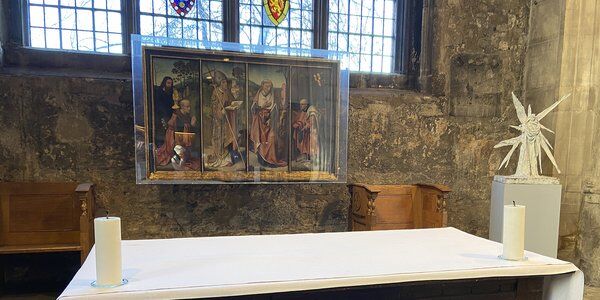
Visiting All Hallows by the Tower
So, you’re planning a jaunt to the Tower of London? Great idea. But before you get swept up in the Ye Olde tourist crowd, carve out some time for its ancient neighbour across the street: All Hallows by the Tower. Here’s how to make the most of your visit.
When to Visit
All Hallows is free to visit and open to the public at these times:
- Monday to Friday: 8:00am – 5:00pm
- Saturday: 10:00am – 5:00pm
- Sunday: 11:00am – 5:00pm (after church services)
Just a heads up—it's a working church, so avoid popping in during services or private events unless you want to be that person. If you’re planning a group trip (more than five people), make sure to book ahead through the church office.
Guided Tours
Volunteer guides are usually on hand most weekdays between 10:30am–1:30pm and 2:00pm–4:00pm. These local legends will happily take you on a short tour, spilling all the church’s best-kept secrets—from its Saxon beginnings to its WWII near-demise.
Tours are run on demand, so try to arrive before 3:30pm to give yourself enough time to soak it all in.
Services and Reflection
Want to experience the church as it was intended? Visitors are welcome to attend services or enjoy quiet moments of reflection:
- Parish Eucharist: Sunday at 11:00am
- Taizé Prayer: Wednesday at 6:00pm
- Weekday Morning Prayer: Tuesday–Friday at 8:30am
- Everyone is welcome.
Fuel Up Next Door
Feeling peckish after exploring centuries of history? You’re in luck. Next door is the Byward Kitchen & Bar, a bright and friendly café serving everything from full English breakfasts to fresh waffles and proper tea. It’s the perfect pit stop before or after your historical wanderings.
Why Visit All Hallows by The Tower?
Sure, London has its big-name attractions—but All Hallows is a hidden gem with more layers than an onion.
Here’s what makes it worth a visit:
- Roman pavement & Saxon archway: Walking through history.
- Crypt museum: Small but mighty and packed with cool artifacts.
- Tower climb: Channel your inner Pepys and catch views of the Tower of London.
- Historic connections: From William Penn to U.S. presidents to Tudor intrigue.
- Quiet respite: A peaceful spot amidst the bustle of Tower Hill.
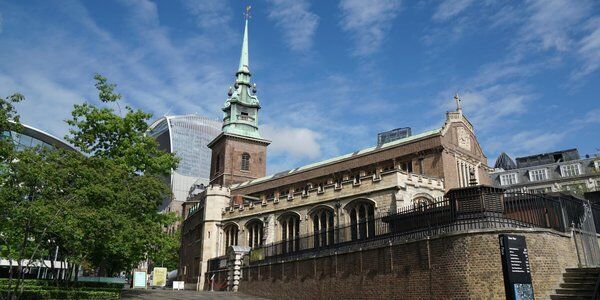
Explore Beyond All Hallows by the Tower with CityDays
If you’ve caught the history bug and can’t get enough of uncovering London’s secrets, then CityDays is your new best mate.
We offer immersive scavenger hunts and treasure trails across London and around the world, perfect for team-building events, group days out, or just spicing up your weekend plans.
Each trail blends real-world exploration with clever puzzles, quirky stories, and little-known historical nuggets—so you can learn cool stuff without ever feeling like you’re back in school.
Fancy cracking clues from the Tower of London to Covent Garden? Or maybe you’d rather unearth secrets in Soho, Shoreditch, or Southbank? We’ve got routes for you.
So why stop at All Hallows? Go beyond the church walls and let CityDays turn the rest of London into your playground.
We also operate around the world, so if this sounds like your cup of tea but you’re not visiting London this time, then check out our other destinations here: Treasure Hunt Locations | CityDays.
